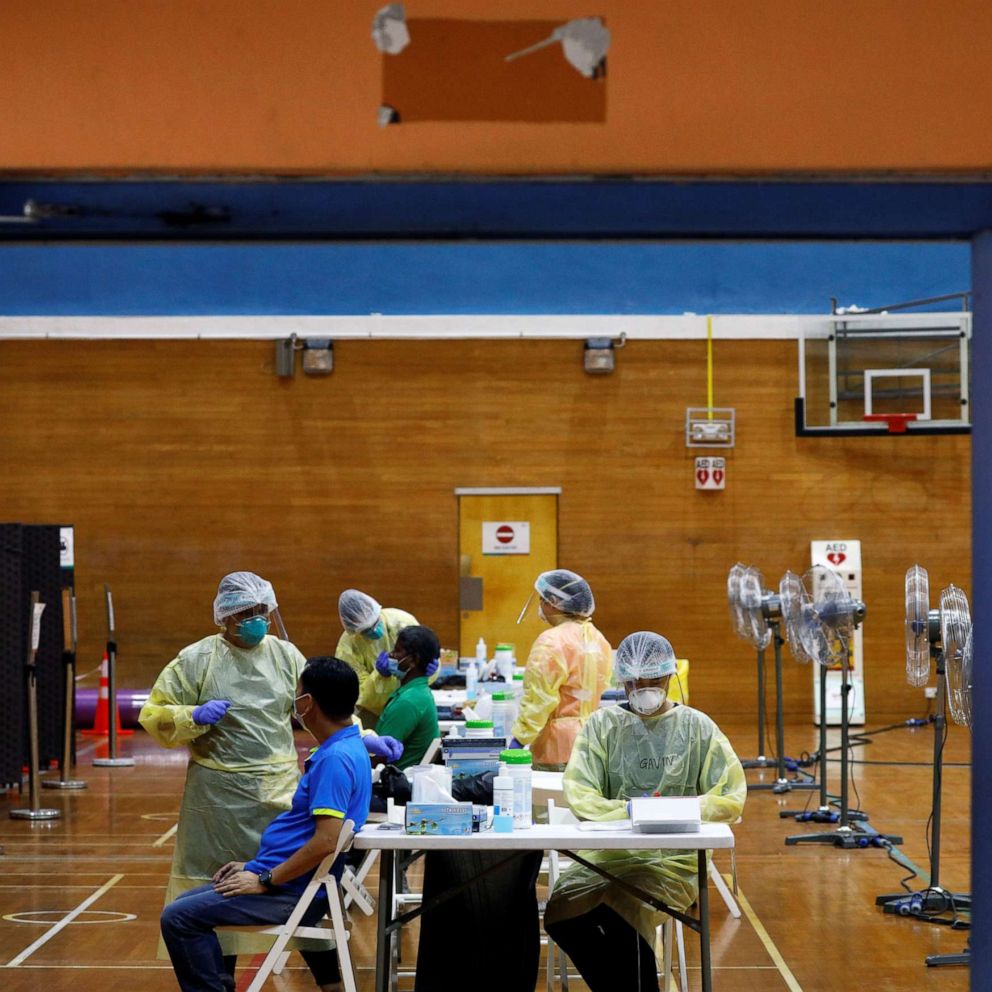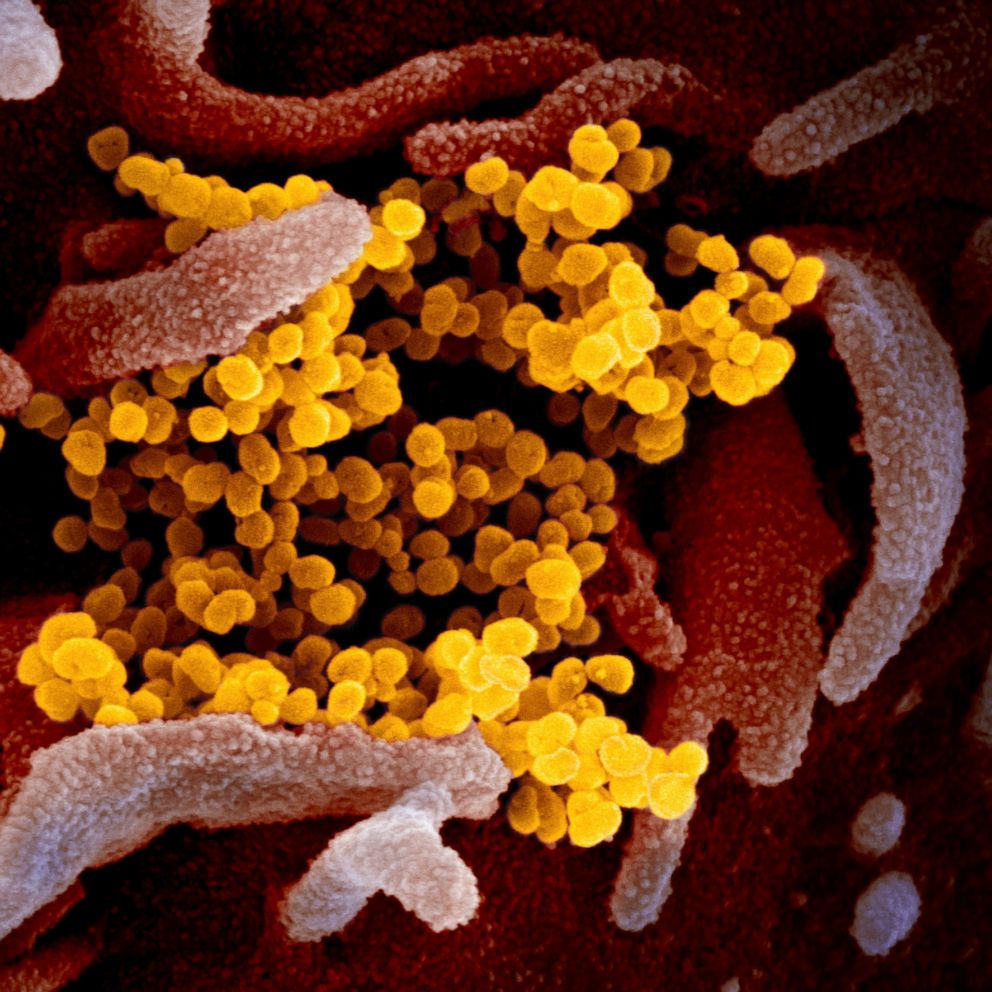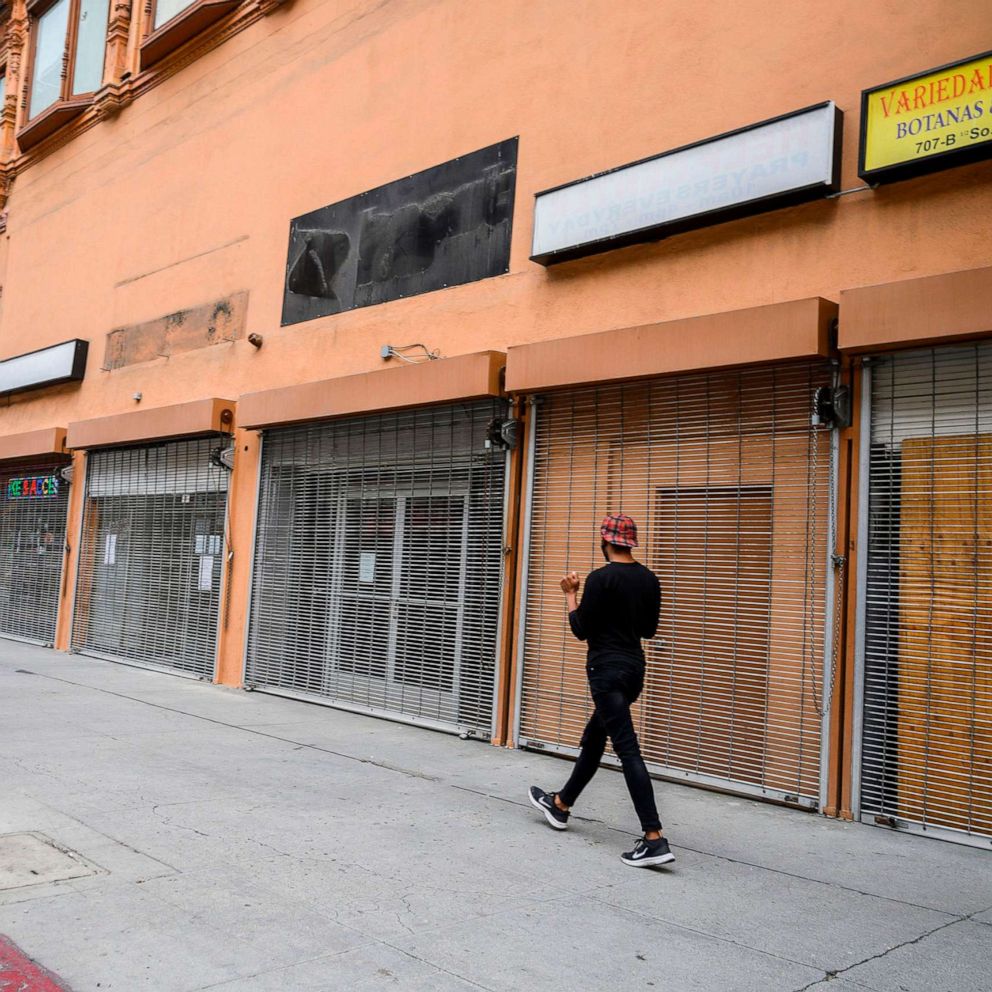Mexico's coronavirus cases 'not coming down yet' even as country begins to reopen
Nearly 2 miles past the cemetery gates in Tijuana, Mexico, a row of unmarked graves waited for the next funeral procession.
This barren patch of land is officially called Municipal Cemetery No. 12. But these days, it's known as the COVID-19 burial ground.
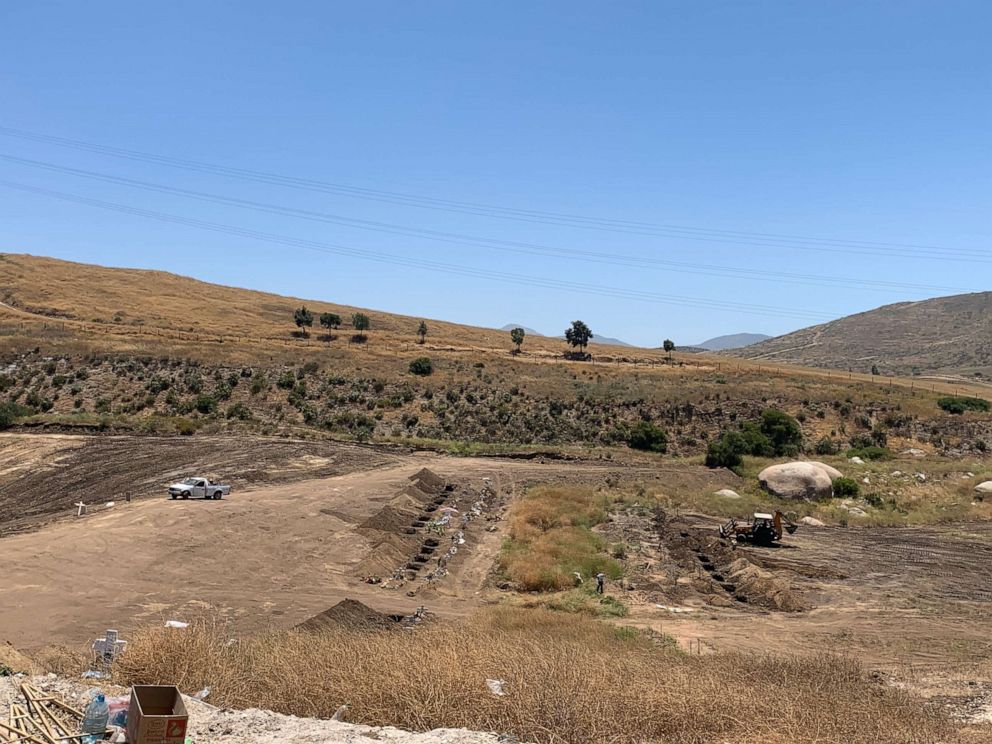
As the coronavirus pandemic rages on, cemetery workers know the bodies will continue to come. Digging graves may feel like one of the few things they can control.
For the families of the COVID-19 victims, their farewells have been cut short. Like in the United States, there are significant restrictions in Mexico for those visiting COVID-19 patients in hospitals.
Guadalupe Ortiz Hernandez recently lost her husband, Angel Misael, of 23 years. She said he used to love to sing and play music, but that he had a history of health problems that led to his death.
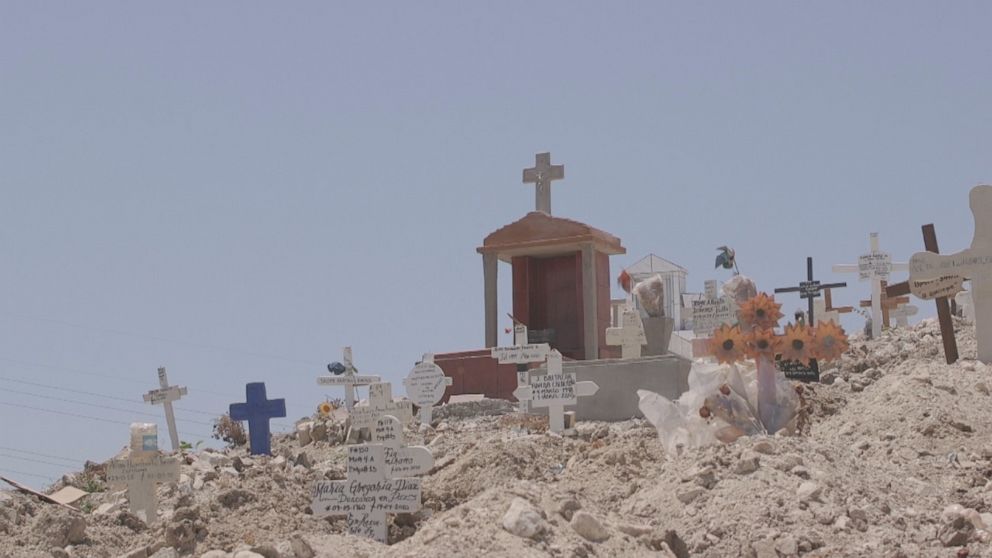
When Misael became ill, Hernandez said she wasn't allowed to see him in the hospital; she could only see him through a video chat and instead received updates from the staff.
Misael's death certificate read, "suspected COVID-19. Respiratory failure." But the social stigma of being labeled contagious has left many grieving families full of doubt.
"If it had been [COVID-19], I wouldn't be standing here and neither would his mother. We shared his food, we held hands, we talked to each other. He sang. His kids were there," she said.
Hernandez said that burying him under these unprecedented circumstances -- in a burial pit reserved for COVID-19 patients -- has been "difficult."
"He will not be with us anymore. I won't see him again," Hernandez said. "He is with the Lord now. He is resting now. His body might be here, but he is there with the Lord."
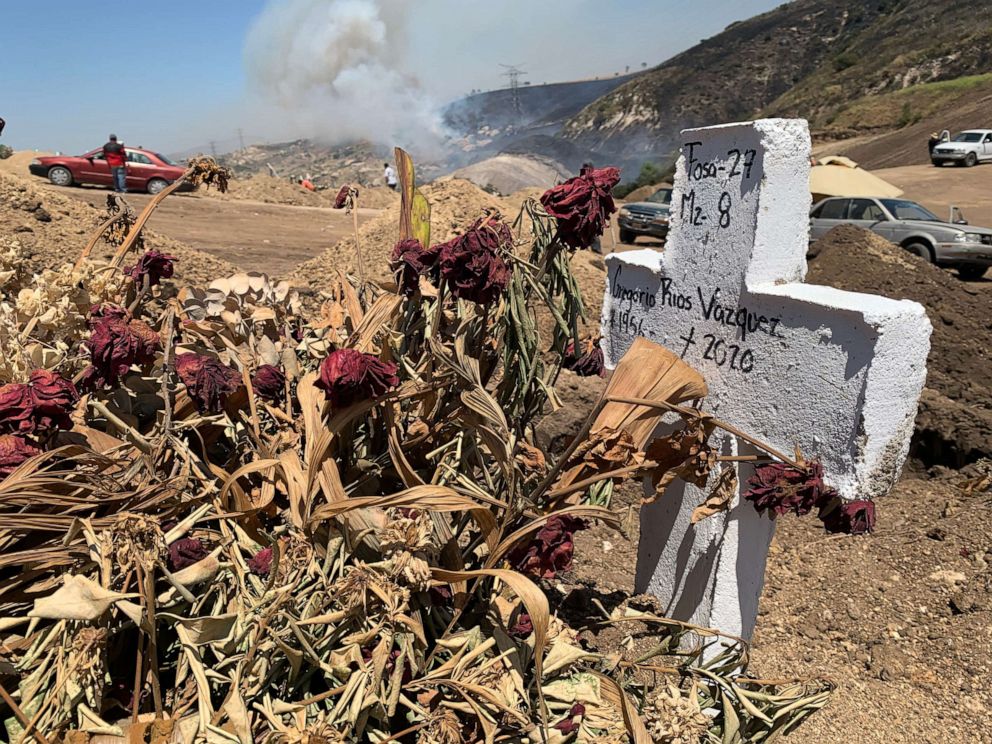
The COVID-19 pandemic continues to sweep through Mexico, which confirmed its first positive case in late February. On Tuesday, Mexico reported 4,199 more confirmed COVID-19 cases and 596 new deaths -- an uptick since last week.
To date, Mexico has reported 124,301 confirmed cases and 14,649 deaths in total, according to federal officials, who have acknowledged that the country's testing rate has been low thereby suggesting the actual number of cases has been higher.
Hospitals, morgues, crematoriums and graveyards are filling up. Most of the newly turned graves in Cemetery No. 12 are from just a two-week period at the end of April.
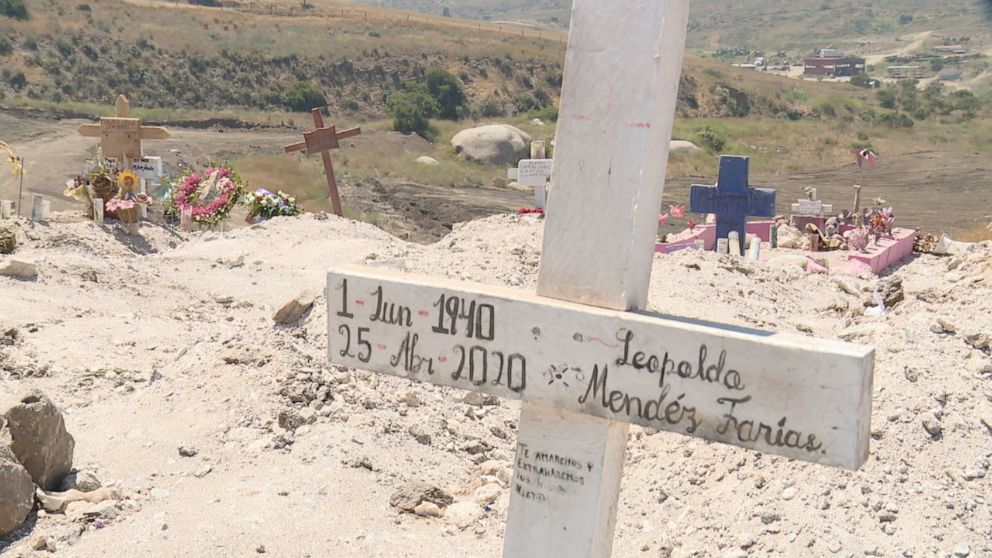
Critics of Mexico's federal government have said much of the strain on the country's health care and burial systems have been due to a lax response to the outbreak.
Mexican President Andres Manuel Lopez Obrador downplayed the threat of the virus at first, initially refusing to halt rallies where he hugged and kissed supporters.
Today, the country is grappling with its highest rate of COVID-19 infections to date. Even so, the country has started to reopen.
However, as mariachi bands in Cancun welcomed tourists back into the country, demonstrations in Guadalajara over the weekend called for justice over the death of Giovanni Lopez. A 30-year-old construction worker, he was seen in video that circulated social media being taken into custody for presumably not wearing a mask. He was beaten to death hours after he was taken into custody, and three officers have been arrested in connection to his death.
All the while, tensions continue to rise as the coronavirus continues to claim lives across the country. The country's capital, Mexico City, is now its national epicenter.
The fifth-largest city in the world and home to over 21 million people, Mexico City's hospitals have seen an avalanche of critically ill patients pour through their doors.
"There are days that we have 100% of patients on a ventilator," said Dr. Domingo Gomez, who has practiced emergency medicine at Hospital Juarez De Mexico for three months.
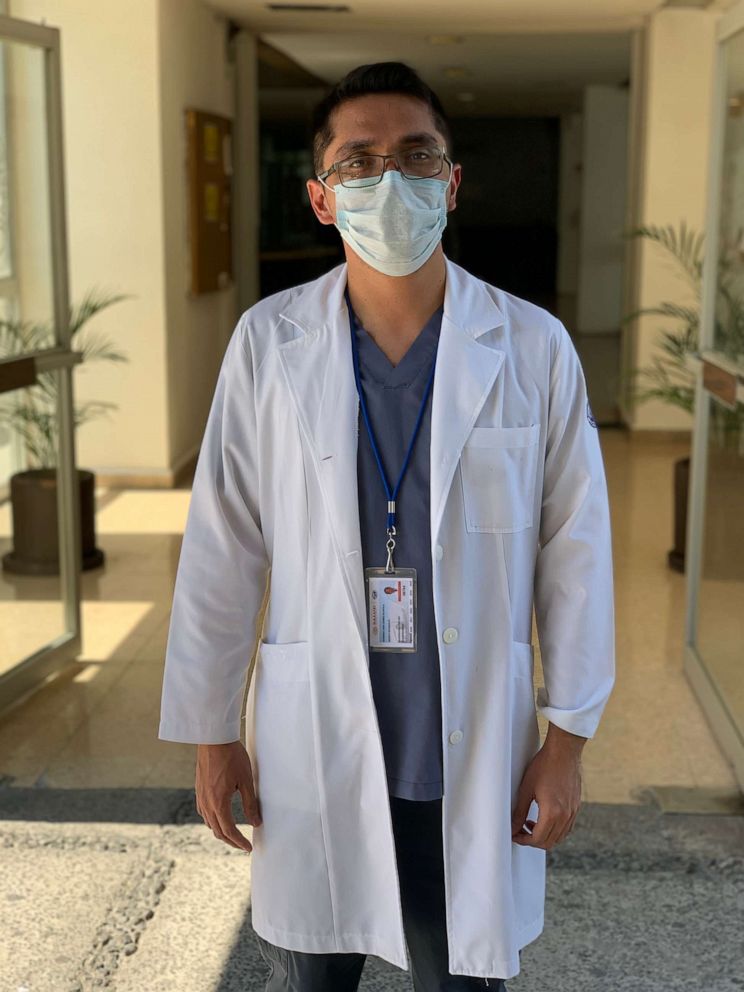
He said that within a week of his hospital's first case, all of the beds were full with coronavirus cases. "I watched a lot of people die," he said. "Even though we're doing [the best we could], there were a lot of death."
Even patients who seem to be doing better can suddenly become critical again, Gomez said.
"This virus can kill somebody so quickly," he said. "You see somebody well; that person is talk to you and suddenly, in a moment, he dies."
Mexico's chief epidemiologist, Hugo Lopez-Gatell, has become a household name through his daily briefings on the virus. He said the pressure of it all is "intense."
Nevertheless, the respected academic has forgone recommendations from the World Health Organization to carry out mass testing despite saying the country has a surplus of tests.
"It is really a waste of time, waste of effort, waste of money," Lopez-Gatell said, "and it's fictional to believe that it can be implemented when you have hundreds of thousands of cases."
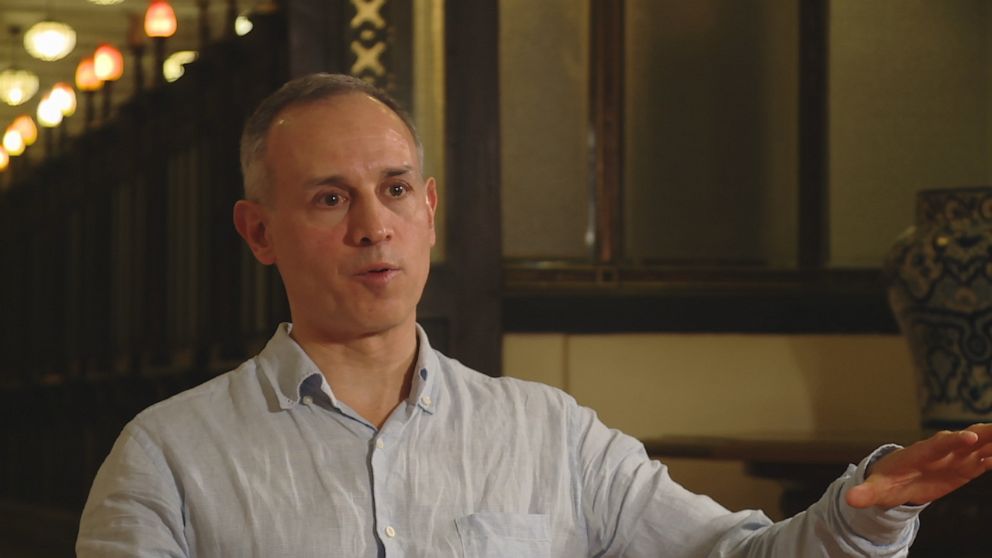
An investigation by the anticorruption group Mexicans Against Corruption and Impunity recently suggested that the COVID-19 deaths between March 18 to May 12 in Mexico City alone may be three times higher than what's being reported.
Lopez-Gatell acknowledged that the actual number of cases of the virus is "absolutely" higher, but said that's the case "here and everywhere."
"Nobody that brings this question to the Mexican authorities has been able to put a number on the hidden [caseload] of other countries," he said.
Without hard numbers on the rate of cases, those who care for the dead may be among the only ones to know the true toll of the virus. At the Nezahualcoyotl Cemetery in Mexico City, cremation technicians Juan Carlos and Victor Manuel Gomez recognize the new dangers they face at work.
"It is something very risky for our health and the health of our family," said Juan Carlos.
It's a well-known concern for the 28-year-old ER doctor Gomez, who said he knows he's protected at work, but that he must take other precautions at home. He said his roommate, a radiologist at a neighboring hospital, recently tested positive for COVID-19.
"I'm not going to lie, we were scared about the situation at first," Gomez said. "[But] we let her know that we are with her. ... We're still hanging out ... but with a distance."
"We're still at the top [of the curve]," he added. "It's like a plateau, and it's not coming down yet."

